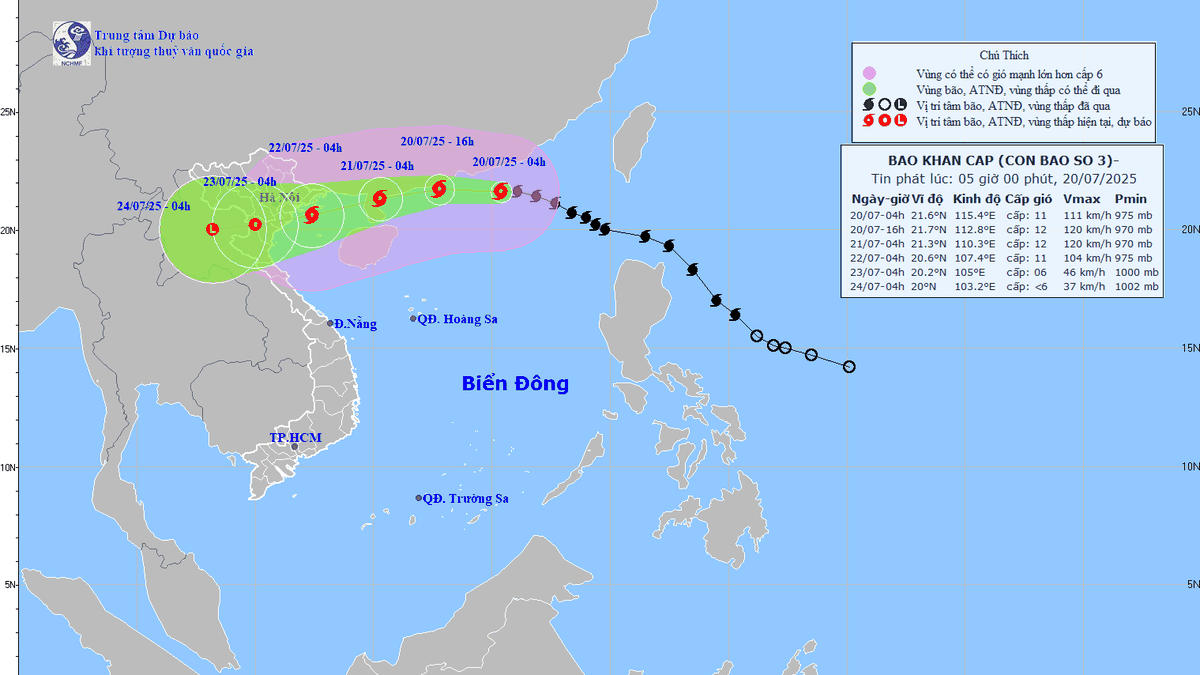The thatched roof houses are made from sedge with unique, simple but familiar architecture, preserving the unique culture of the land and people of Kim Son coastal area decades ago.
Having been attached to the thatched roof house since childhood, Mr. Vu Van Phi, hamlet 7A, Lai Thanh commune, always considers the thatched roof house as the "treasure" of the family.
Mr. Vu Van Phi shared: The family's thatched-roof house has been through 5 generations of ancestors, and is 160 years old. The thatched-roof house is covered with sedge - a typical crop of brackish, salty coastal land. The sedge used to cover the roof is selected from large and short-stemmed sedges, which are classified after harvest (long, small, smooth sedges, longer than 1.5 to 1.6 meters, are used to weave mats). The sedge is dried on the shore and then brought back to be used to cover the roof.

The house is spacious with architecture from the pillars to the house frame made from large, solid wooden blocks, intricately carved with patterns, plus a thatched roof that is 70cm to 1m thick, very warm in winter and cool in summer. The roof has small sedge mounds tightly woven into the rafters to hold the roof tight, both to ensure safety during storms and to decorate the house.
The house not only preserves my childhood memories with my family but also contains the lifestyle and rural culture of the Vietnamese people. Every year on holidays and Tet, children and grandchildren gather together in the house, very happy and cozy, so I always take care of and preserve the thatched roof house for future generations.
The thatched roof house is affected by the weather, the annual wind will cause the top layer of sedge to fall and curl, so workers must be hired to patch and brush the roof; after 3 years of repairing the roof and about 20-30 years, the entire roof must be removed and re-roofed. The cost of each repair is quite expensive, costing hundreds of millions of dong (because the price of sedge is high because few people grow it and there are not many thatch roofers, so the labor cost is very high). Therefore, not many families still preserve the thatched roof house style, but instead replace it with flat-roofed houses following the current trend of developing new urban and rural housing.

Mr. Bui Dinh Hai, 93 years old, hamlet 13, Lai Thanh commune said: I built the thatched roof house more than 50 years ago. In the past, I chose to roof the house with thatched roof because I wanted to build the house from traditional sedge products of my hometown, thereby preserving the culture of Kim Son land for future generations. On average, each thatched roof house has a lifespan of over 50 years if the layer of sawdust and sand on the roof is regularly scraped clean, preventing rat bites. However, thatched roof houses often have high maintenance costs, so keeping the roof is very difficult for an elderly person like me. Therefore, I always tell my children and grandchildren to take care of the family's economic development, creating good economic conditions to make efforts to preserve the thatched roof house as a memory for future generations.
The thatched roof houses are built with a main architecture of 3 rooms (used as living rooms and common living areas for the family), 2 protruding wings outside to be used as bedrooms or to store important family items. The thatched roof houses have a similar architecture to tiled roof houses. During their existence, closely associated with the lives and activities of the people, the thatched roof houses have gone beyond the function of protecting from rain and sun, becoming a unique cultural feature of coastal residents.
Ms. Nguyen Thi Hong, a cultural and information officer of Lai Thanh commune, said: Currently, there are not many houses with thatched roofs left in Lai Thanh commune. This is not only a typical house style, but also a "golden" embodiment of a bygone era of the coastal people. Therefore, to preserve the cultural characteristics of the thatched roof house, Lai Thanh commune has stepped up propaganda work for the people to preserve the thatched roof houses associated with the development of community tourism .

Kim Son District is the only coastal area of the province. This place is famous for its handicrafts made from sedge, which is why most houses here used to have roofs made from sedge instead of thatched with straw like many other places.
According to the representative of the Kim Son District Department of Culture and Information: Currently, Kim Son District still has about 10 thatched roof houses, mainly concentrated in Lai Thanh, Dong Huong, and Kim My communes. The remaining thatched roof houses in coastal areas are the imprint of the customs and living habits of coastal residents that need to be preserved and maintained to leave a deep rustic soul in the minds of those far from home, but also as a unique tourism product. If well exploited, they will become a highlight attracting tourists to the coastal land of Kim Son.
Article and photos: Phuong Anh
Source

































































































Comment (0)